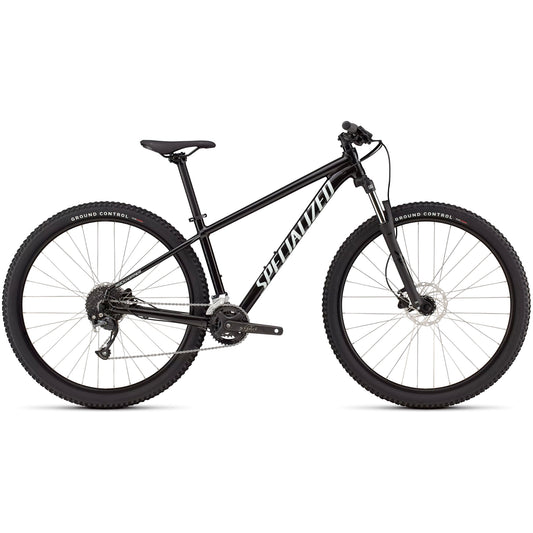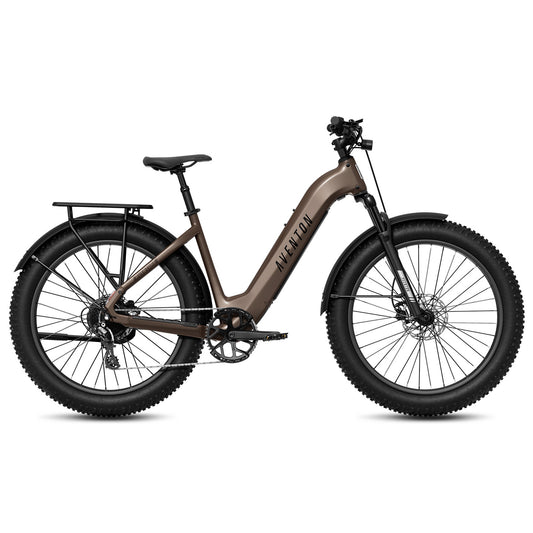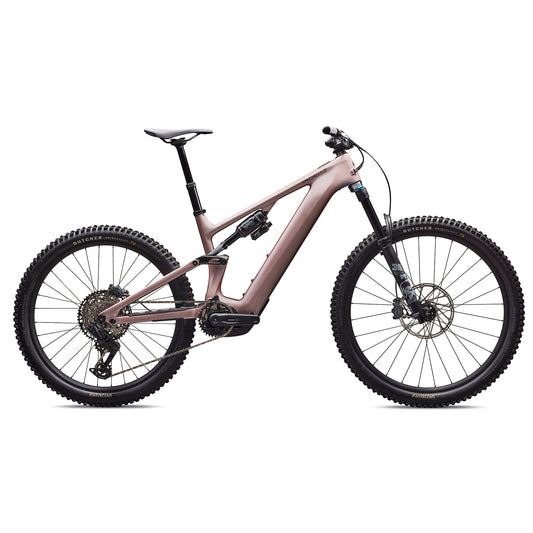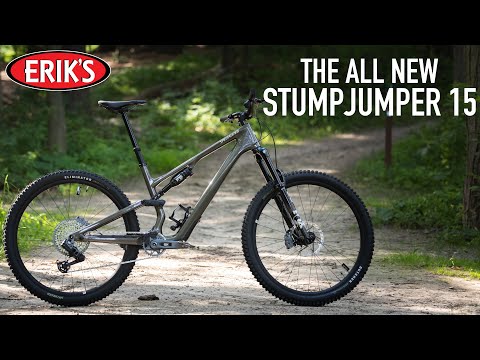Blog

ERIK’S Holiday Gift Guide 2025: Our Picks for E...
Happy holidays from ERIK’S! If you’re still looking for the perfect gift for those special cyclists, skiers, and snowboarders in your life, let us help you finish checking off your list. ...
ERIK’S Holiday Gift Guide 2025: ...
Happy holidays from ERIK’S! If you’re still looking for the perfect gift for those special cyclists, skiers, and snowboarders in your life, let us help you finish checking off your list. ...
Read More


























